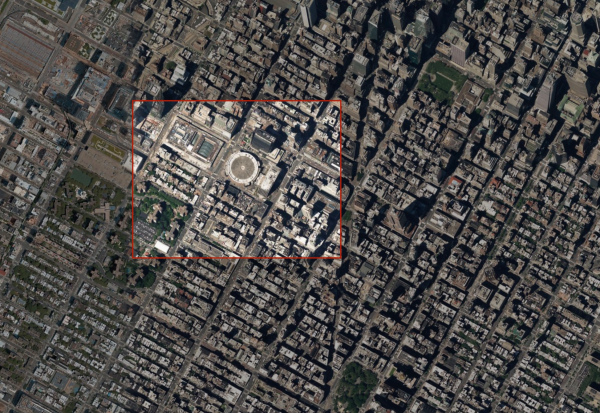Geofence warrants are also known as “reverse-location” warrants, since they seek to identify people of interest who were in the near vicinity at the time a crime was committed. Police do this by asking a court to order Google, which stores vast amounts of location data to drive its advertising business, to turn over details of who was in a geographic area, such as a radius of a few hundred feet at a certain point in time, to help identify potential suspects.
You must log in or # to comment.


